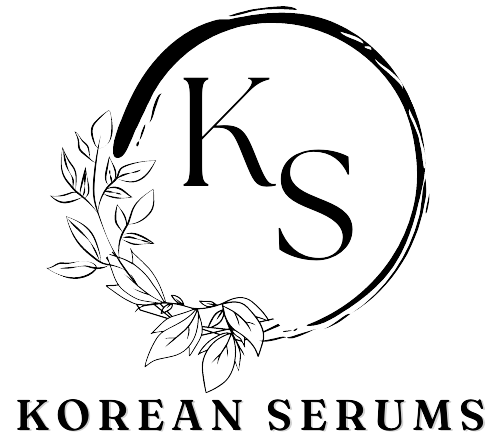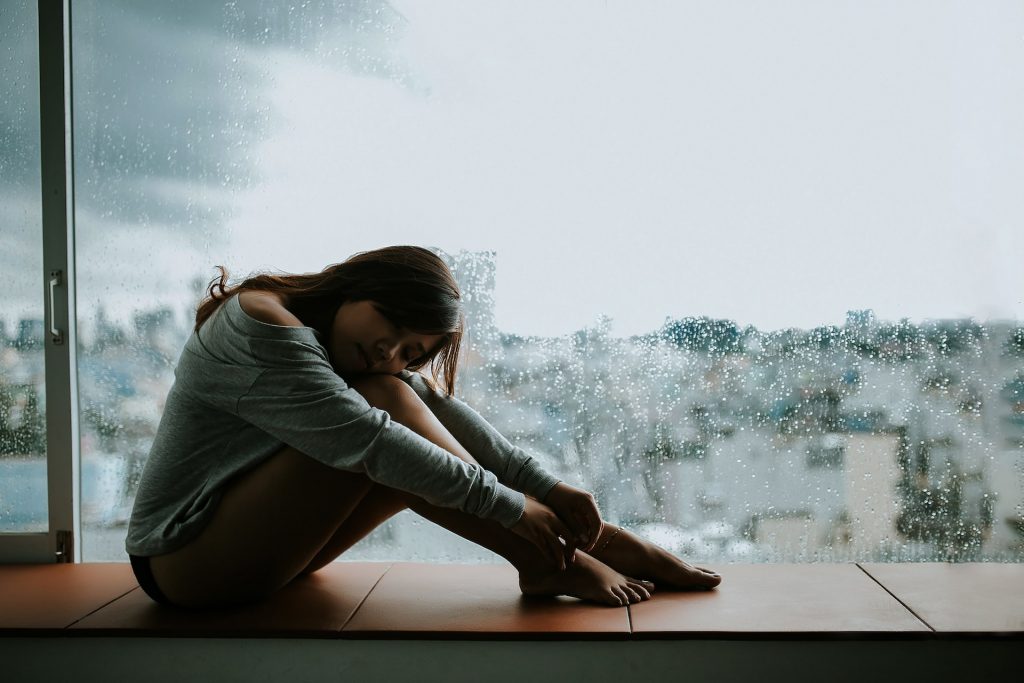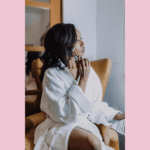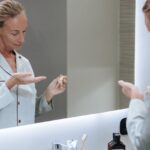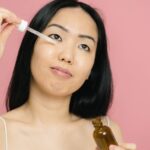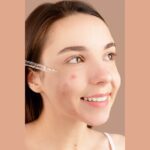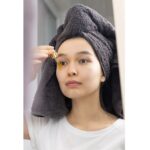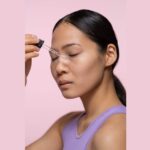When it comes to society’s definition of beauty, we’ve all been fed a certain narrative. Flawless skin, luscious locks, toned bodies, and symmetrical features – these are the traits that have been ingrained in our minds as the epitome of beauty. But the problem is, these beauty standards are not only unattainable for the majority of people, they are also unrealistic and unhealthy.
In this blog, we’ll take a deep dive into the impact of society beauty standards on individuals and society as a whole. We’ll also explore the ways in which we can challenge these standards and embrace a more inclusive and diverse definition of beauty.
The Pressure to Conform
It’s no secret that the media plays a huge role in shaping our perceptions of beauty. From magazines to movies, we are constantly bombarded with images of airbrushed models and celebrities with seemingly perfect bodies and faces. And it’s not just the media that perpetuates these standards – even the beauty and fashion industry is guilty of it.
The result is a constant pressure to conform to these unrealistic beauty standards. Women, in particular, feel the brunt of this pressure, with many feeling like they have to fit into a narrow mould of what is considered beautiful. But the truth is, these standards are impossible for the majority of people to achieve, leading to feelings of inadequacy, low self-esteem, and even depression. They can make women feel socially isolated and experience anxiety when they cannot conform to the unrealistic societal standards of beauty.
The Dark Side of Society Beauty Standards
The pressure to conform to unrealistic beauty standards doesn’t just take a toll on our mental health, it can also have serious physical consequences. The pursuit of perfect skin and bodies can lead to dangerous and even life-threatening behaviors, such as eating disorders, excessive exercise, and cosmetic procedures.
What’s more, these beauty standards are also discriminatory. They promote a narrow definition of beauty that excludes people with diverse body types, skin tones, and physical abilities. This can lead to feelings of shame and self-loathing for those who don’t fit into these narrow standards, further perpetuating harmful and negative self-image.
Challenging Society Beauty Standards
So, what can we do to challenge these unrealistic beauty standards and promote a more inclusive and diverse definition of beauty? Here are a few suggestions:
- Practice self-love and self-acceptance. Instead of focusing on what you lack or what you need to change, try to focus on the things you love about yourself. Celebrate your unique qualities and embrace your individuality.
- Be mindful of the media you consume. Limit your exposure to media that perpetuates unrealistic beauty standards and seek out content that celebrates diversity and inclusivity.
- Surround yourself with positive role models. Look to people in your life who embody a positive body image and self-esteem. Seek out mentors who can help you develop a more positive self-image and promote self-love and acceptance.
- Recognising the harm of unattainable beauty standards. It can help you accept yourself and overcome the situation. It is important to understand that many good pictures on the internet are heavily edited and not real.
- Speak out against harmful beauty standards. Use your voice to challenge unrealistic beauty standards and promote a more inclusive and diverse definition of beauty. Whether it’s on social media or in your community, use your platform to educate others and promote positive change.
Embracing a More Inclusive Definition of Beauty
It’s time to rethink the way we define beauty. We need to move away from narrow, society standards and embrace a more inclusive and diverse definition of beauty. By challenging these harmful standards and promoting self-love and self-acceptance, we can create a more positive and healthy environment for all individuals, regardless of their body type, skin tone, or physical abilities.
The Impact on Children and Teens
Unrealistic beauty standards can have a devastating impact on children and teens, who are at a crucial stage of developing their self-esteem and self-image. Children and teens who are exposed to beauty standards in society are more likely to develop negative body image and low self-esteem that can impact their confidence and relationships. It can lead to serious physical and mental health issues. On many occasions, when children or teens are unable to meet these beauty standards, they may experience bullying or isolation from their friends or society.
At the same time, they are motivated to consistently buy expensive beauty products that can result in excessive spending. Moreover, the use of too many products can end up harming their skin.
It’s important to address this issue by teaching children and teens to embrace their individuality and to challenge beauty standards. This can be done by promoting positive body image, encouraging self-love and self-acceptance, and by providing them with positive role models who embody a healthy self-image.
It’s also crucial for parents and educators to monitor the media that children and teens are exposed to and to provide them with alternative forms of media that promote positive body image and self-esteem. By doing so, we can help children and teens develop a positive self-image and avoid the negative impact of beauty standards in society.
The Power of Social Media
Social media has become a major influence in shaping our perceptions of beauty. With billions of people using social media every day, it’s no wonder that beauty standards have become even more prevalent. The problem is that social media often perpetuates these standards, making it even harder for individuals to escape their negative impact.
However, social media can also be used as a powerful tool for challenging beauty standards. By sharing positive messages, promoting self-love and self-acceptance, and showcasing diverse forms of beauty, social media can be used to create a more inclusive and diverse definition of beauty.
It’s also important to be mindful of the content that we consume on social media. By limiting our exposure to content that perpetuates beauty standards, and seeking out content that celebrates diversity and inclusivity, we can challenge these harmful standards and promote a more positive self-image.
Conclusion
Society beauty standards can have a profound impact on individuals and society as a whole. The pressure to conform to these standards can lead to negative self-image, low self-esteem, and even serious physical and mental health issues. However, by speaking out against these harmful standards and promoting a more inclusive and diverse definition of beauty, we can create a more positive and healthy environment for everyone.
It’s important to remember that beauty is not just about physical appearance. Beauty comes in all shapes, sizes, colors, and abilities. And most importantly, it comes from within. So, let’s embrace our unique qualities, celebrate our individuality, and promote a more inclusive and diverse definition of beauty. Let’s celebrate our imperfections and embrace our individuality, because true beauty lies in our differences.
